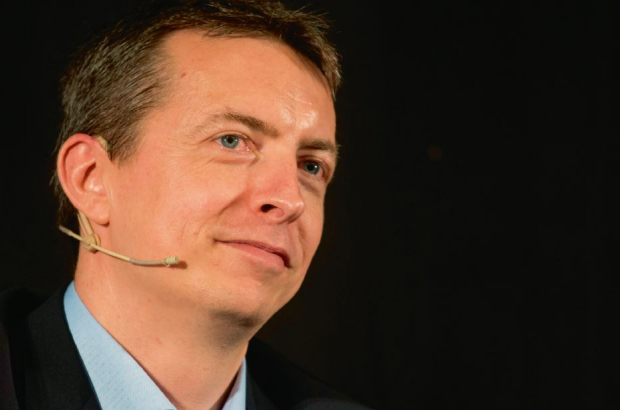- Daily & Weekly newsletters
- Buy & download The Bulletin
- Comment on our articles
Belgian astrophysicist Michaël Gillon shares the secrets of space
How did your fascination for astronomy begin?
I was always passionate about life on other planets. I started with biology, because life on earth is fascinating. It was only 20 years ago that they began discovering exoplanets. In 2002, when they found an atmosphere on an exoplanet, I thought this was the right moment to search for life in other worlds.
And I was lucky, because after I completed my master’s I met an astrophysics professor, Pierre Magain, who was involved in a European Space Agency mission, CoRoT, which was searching for exoplanets. I was then able to do a post-doctorate in Geneva, with the European experts on exoplanets. When I came became back, I was determined to do something with my university in Liège.
Was the TRAPPIST-1 discovery the highlight of your career?
It was an exceptional moment for me. The idea of looking for exoplanets around this small star came to me in 2008 – and it was not at all obvious that this star would have planets. The fact that after eight years we found not just one planet but seven was definitely the highlight.
You’ve gained an international reputation. Why have you stayed in Liège?
I don’t see myself leaving. My family is here, for a start. The countryside is lovely. And I have all the support I need from my university, from the Walloon region, and on the national level. The university has also backed the TRAPPIST telescopes: TRAPPIST-South in Chile and TRAPPIST-North in Morocco.
When will SPECULOOS, the Search for habitable Planets EClipsing ULtra-cOOl Stars, be ready?
Our northern hemisphere telescope, based in Tenerife, should be ready from the end of 2018, early 2019. It will look at 500 and 1,000 systems, and we are looking at six-20 planetary systems like TRAPPIST, which could mean several dozen planets. We’ll do this with the help of the James Webb telescope, which will be launched in 2019.
Your TRAPPIST discovery involved collaboration with other international researchers. Is there an exoplanet community?
I’m part of a network of international exoplanet hunters. Remember, we only really started in 1995, when the first exoplanet was discovered. Now there are a few hundred researchers, many of them very young. We have lots of complementary subjects. Some are looking for the planets. Others are looking at the structure of the planets, at their atmosphere, at building detection instruments, at traces of life. All that makes for a big community.
Do you think there is life on other planets?
I don’t know if life exists elsewhere. But I have an intuition that it must exist. Maybe in about 10 to 15 years we can discover traces in an exoplanet’s atmosphere of the different molecules that suggest signs of life, like oxygen, methane and water. But can we then conclude that this is life? We could, for example, find molecules that show physical rather than biological signs. This is a longterm process. There are lots of possibilities and this really is virgin territory.
This article was first published in WAB (Wallonia and Brussels magazine), autumn 2017














